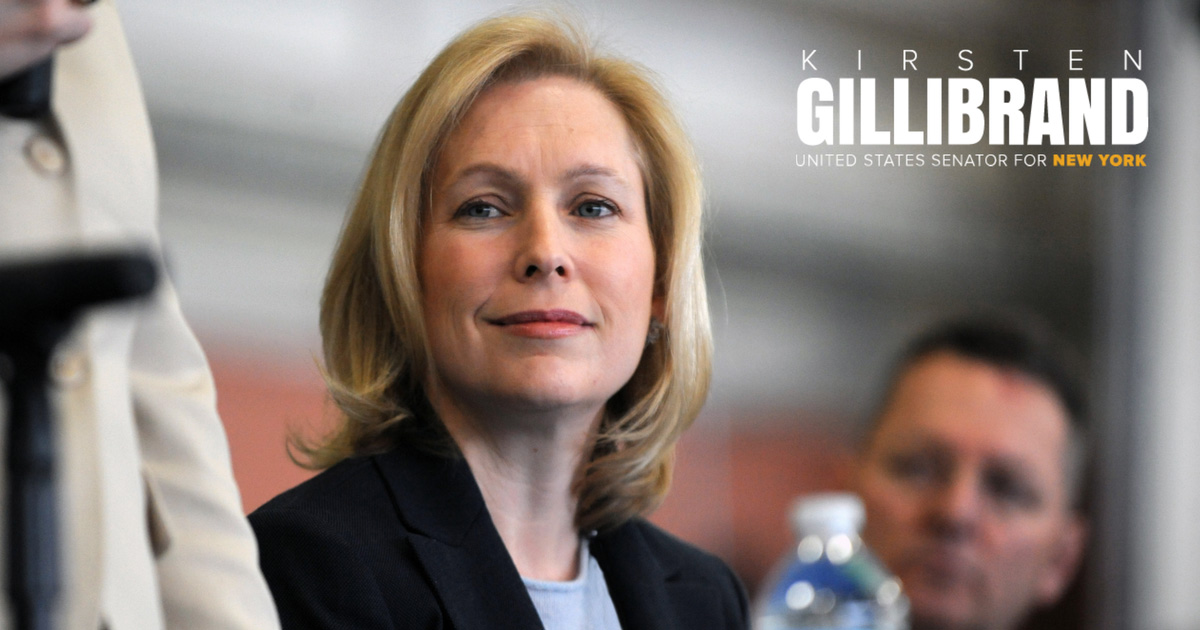Source: United States Senator for New York Kirsten Gillibrand
April 27, 2022
In case you missed it, U.S. Senator Kirsten Gillibrand and Representative Jamaal Bowman (D-NY-16) published an op-ed in the Journal News calling on the federal government to provide more resources for our nation’s public schools. Gillibrand and Bowman advocate for high-quality college and career pathways for all students, access to wrap-around services, and measures to address ongoing teacher shortages.
Read the full op-ed here or below:
The Journal News: Pandemic shows schools need resources
U.S. Senator Kirsten Gillibrand and Representative Jamaal Bowman | April 24, 2022
Education is primarily the responsibility of our state and local governments. That is true. But the pandemic has put a spotlight on the needs of our nation’s public schools and brought a new urgency to the federal government’s responsibility to best support elementary, middle and high schools in urban, suburban, and rural communities across America. The federal government – and Congress, specifically – must fulfill their responsibility of ensuring that students and their families have the resources and supports they need, and that our schools and school districts have the tools required to best serve all students and teachers.
Our schools are a pillar of our democracy and a cornerstone of our economy. We cannot forget that and we cannot be derelict in our duty to ensure that as essential, critical infrastructure, federal resources support public education and incentivize our public schools to adhere to key principles that will best serve current and future generations.
Our education policies must start with the question ‘What do kids need?’ and public schools should serve as the center of our communities to provide those things. One way to ensure this is to increase community schools which help expand timely and meaningful access to wrap-around services for students, families and communities, including for basic needs. The full-service community school model can support comprehensive learning, social, and health services for students and community members outside of the typical school day and must offer expanded learning opportunities, integrated student supports, and inclusive family and community engagement.
Schools must also have the resources to take care of the whole child. Districts, schools and educators must be provided the tools they need to address the well-being needs of students, including their physical and mental health needs. They should each have the ability to ensure a well-rounded education for all students.
We must also recognize that not every student follows the same pathway and our schools should be designed to support a meaningfully accessible, high-quality college and career pathway for all students. These should include dual enrollment opportunities; coursework and other opportunities to be prepared for, and connected to, careers in STEM, cyber, education, and the arts; continuous pathways between high school and work; and access to engage in work-based learning opportunities to earn credit or credentials.
A professional educator workforce is a critical ingredient in any recipe for success. That means it is time to address the causes of the teacher shortage in order to recruit and retain a high-quality, diverse teacher workforce. We must ensure better pay and benefits for teachers, support their education through loan forgiveness and full college tuition reimbursement, and strengthen teacher preparation programs through apprenticeships and residencies.
It cannot take another public health emergency to get people talking about the critical need for our students to be in a high-quality school every day. It shouldn’t take another crisis for us to direct needed resources to our nation’s public schools. The time is now to ensure that school leadership and teachers, students, their families and their communities, be part of the decision-making processes in emergencies and get the resources they need to stay safe, healthy and well educated.
What does that mean? It means that schools must remain on the top of the priority list for resources that can keep them safe and open. It means teachers must be supported and the structure of our educator workforce must be designed to keep school employees safe and able to continue their work in high-performing settings. And, it means that our public schools should be seen as a hub for our democracy and a pinnacle of our communities – and we all must feel a responsibility and take actions to contribute to their success.
